Can You See Orion?
The interactive animation below shows you what the constellation Orion might look like.
You can adjust the darkness of the sky by moving the top slider back and forth. Move it to the right (towards the tent) to see Orion in a dark sky, the way it might look if you were out camping far away from any lights. Move the slider to the left (towards the streetlight) to see how Orion might look from a city where there are many lights around. "Magnitude" is a word astronomers use to describe how bright stars are. Stars with a magnitude that is low, like 1 or 2, are quite bright. Stars with higher number magnitudes, like 4 or 5, are not as bright. The least bright stars that most people can see without a telescope are around magnitude 6. The slider shows the "magnitude limit" of the least bright stars you could see with different amounts of light around.
The bottom slider, on top of the spinning globe, lets you change where you are on Earth. Move it up and down to see how Orion might look from different places on Earth.
If you can't see the animation below, or it doesn't seem to be working right, you may need to get the latest Flash player plugin for your computer.
You might also be interested in:
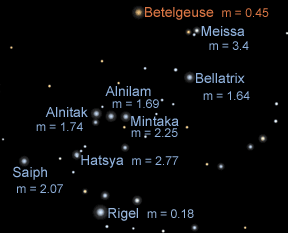
Astronomers use a special term to talk about the brightness of stars. The term is "magnitude". The magnitude scale was invented by the ancient Greeks around 150 B.C. The Greeks put the stars they could
...more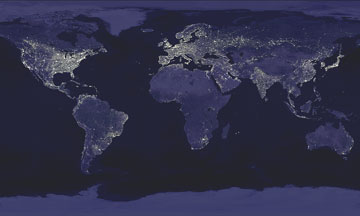
What is light pollution? Simply put, light pollution is the unwanted illumination of the night sky created by human activity. Light pollution is sometimes said to be an undesirable byproduct of our industrialized
...more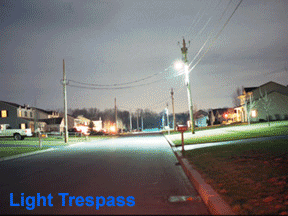
Light pollution is the unwanted illumination of the night sky created by human activity. Light pollution is a broad term that refers to multiple problems, all of which are caused by inefficient, annoying,
...more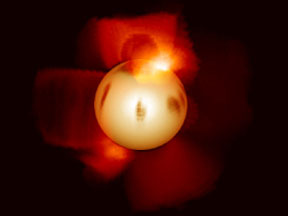
You may have heard of sunspots that sometimes dot the "surface" of the nearest star, our Sun. Well, other stars have spots too. They are called starspots and are relatively cool, dark regions on the visible
...more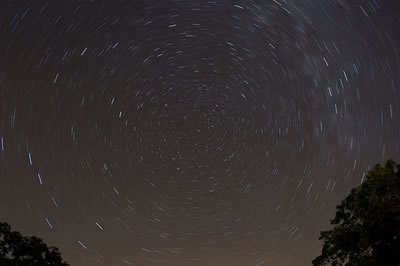
Because of the rotation of the Earth and its orbit around the Sun, we divide the stars and constellations into two groups. Some stars and constellations never rise nor set, and they are called circumpolar.
...more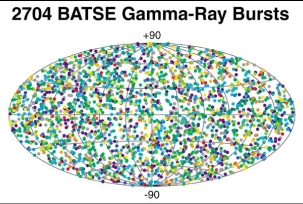
In the 1960's, the United States launched some satellites to look for very high energy light, called Gamma Rays. Gamma Rays are produced whenever a nuclear bomb explodes. The satellites found many bursts
...more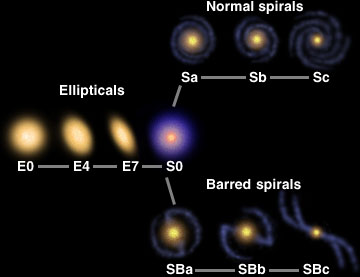
During the early 1900's, which is not very long ago, astronomers were unaware that there were other galaxies outside our own Milky Way Galaxy. When they saw a small fuzzy patch in the sky through their
...more














